Zemismart is a brand that’s well-known for their smart window covering controllers. While they also produce a wide variety of switches, modules and energy meters, their focus has always been blind controllers, shade motors and curtain drivers.
Zemismart is featured frequently on SmartHomeScene. The reason for this is their stuff is affordable, yet works very well and does what it promises. They are also going hard on Matter, so most new Zemismart releases are Matter certified.
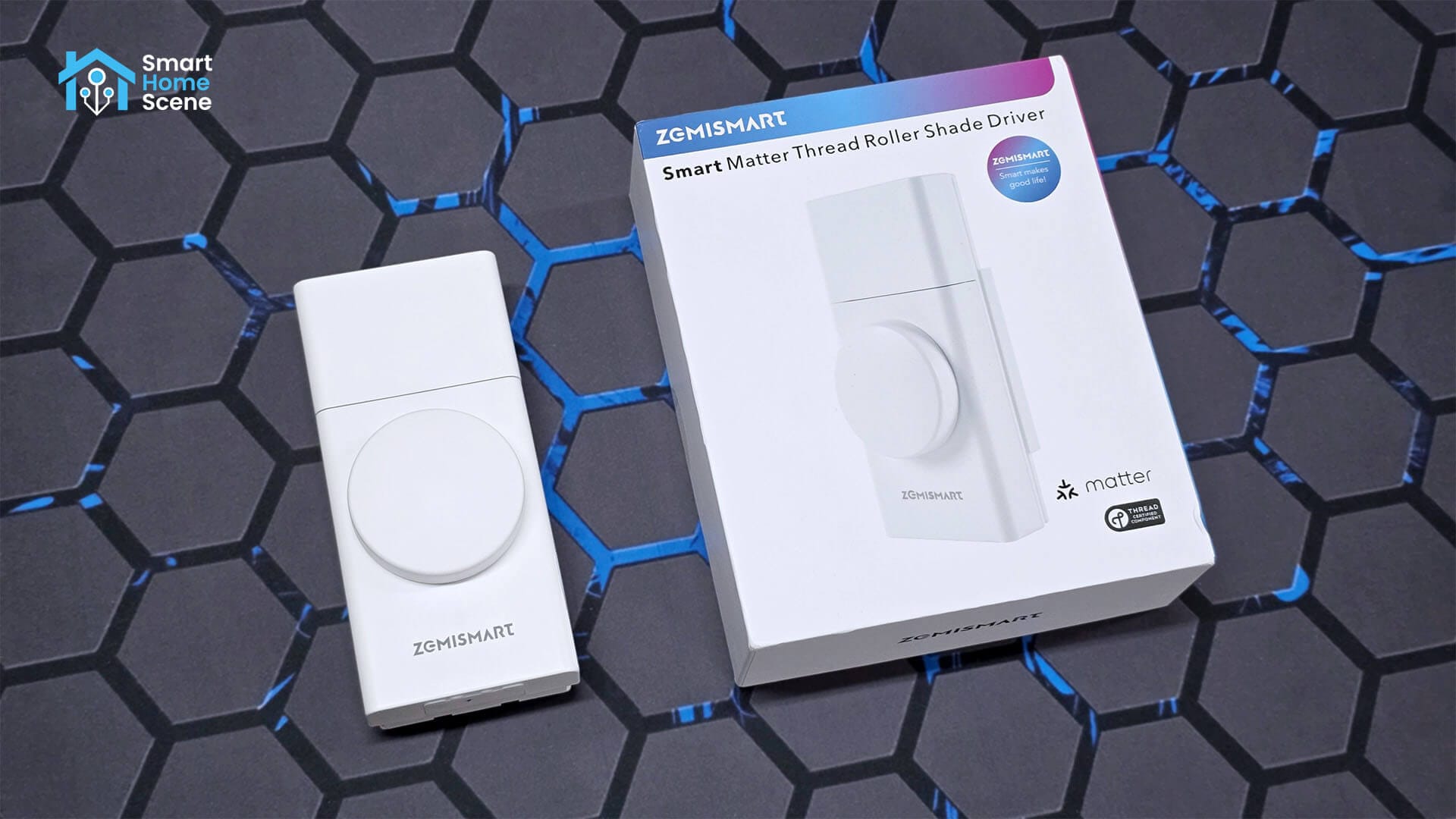
In this article, I’m dismantling, testing and reviewing the brand new Zemismart Matter over Thread Roller Shade Driver, labelled as model MTP1. This driver works with roller shade, zebra, venetian and honeycomb blinds if your bead is compatible. It’s available on their Webstore and costs $97.92, but you can use code SHSVVIP26 and get $26 off, bringing the price to $74.92!
Technical Specification
- Name: Zemismart Roller Shade Driver
- Model: MTP1
- Connectivity: Matter over Thread
- Compatibility: Roller shade, zebra, honeycomb, venetian, dual
- Motor Speeds: 3
- Power Supply: USB-C, 5V1A
- Battery Capacity: 6400mAh (Rechargeable)
- Dimensions: 135.5x60x30mm
- Maximum load: 10kg
- Price: $74.92 | Webstore (With code
SHSVVIP26)
Package Contents and Device Disassembly
The Zemismart MTP1 Roller Shade Driver comes in a nice, well-made company branded box. It contains the device itself, an USB-C cable, a 433MHz remote controller with battery, some screws for mounting and 3 different sized bead rollers. Everything is neatly packaged and protected from shipping damage.
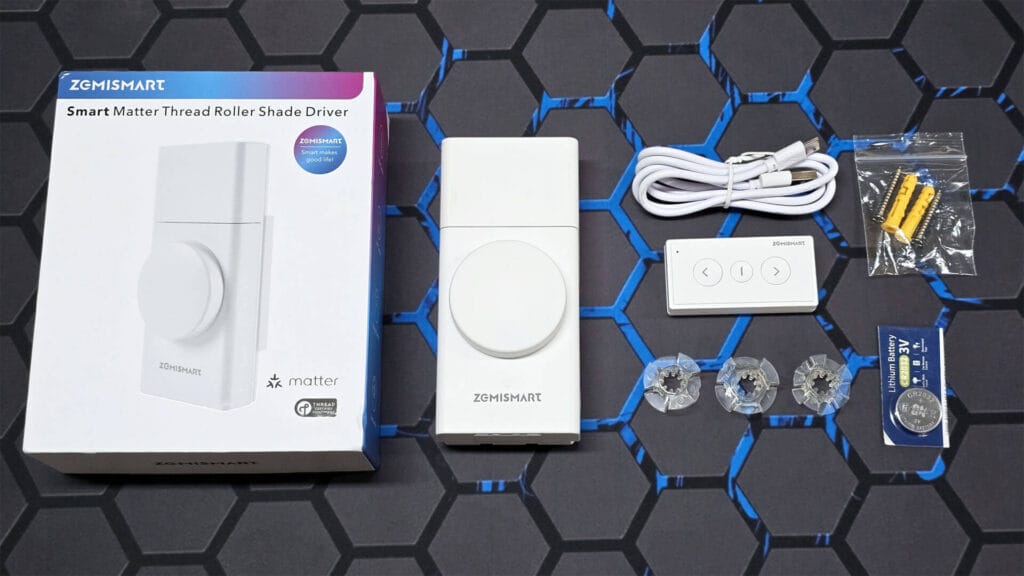
The device feels very compact and well-made. The first obvious thing you notice is the large manual control knob installed on the front of the driver. This is a welcomed addition to this type of device, as some other models use buttons instead, for example the Aqara E1 Roller Shade Driver. A knob works so much better.
The rear mounting plate slides onto the device from the top. The teeth it uses to latch on can be used to adjust the position of the driver in relation to the bead chain. Meaning, you do not have to worry too much about pinpoint the exact place to drill. Some basic device info is printed on the back as well as the Matter QR pairing code.
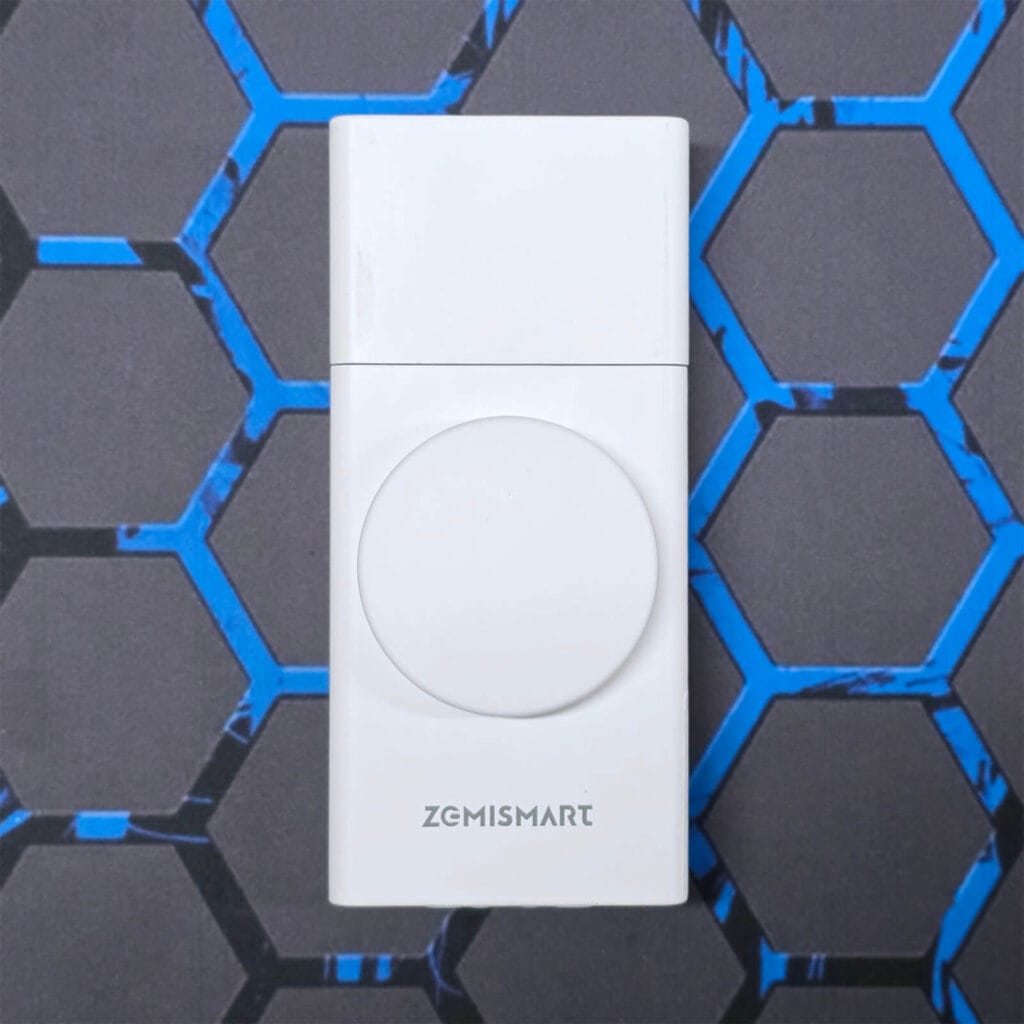

I removed 6 screws holding the device together using my Kaiweets, revealing the batteries and DC motor. This Zemismart Roller Shade Driver is powered by a pair of rechargeable 18650 batteries which are not soldered and can be easily replaced. They operate a 3V each providing a total of 6400mAh.
The DC motor is securely positioned between the two batteries and attached to the PCB with a 2-pin JST connector. Once toggled, it spins a plastic spur gear to transfer rotational motion to the main gear pulling the bead chain. It has 3 adjustable speeds and operates with a reduced speed and increased torque for smoother operation by default.

The DC motor itself is unbranded and I am unable say for sure who manufactures it and what model is it. From the looks of it, it appears to be a generic brushed DC motor typically used in these types of applications. Underneath the batteries on the main PCB, the Matter QR code is found again. As this is accessible without dismantling the device, it’s a nice place for safe keeping actually.
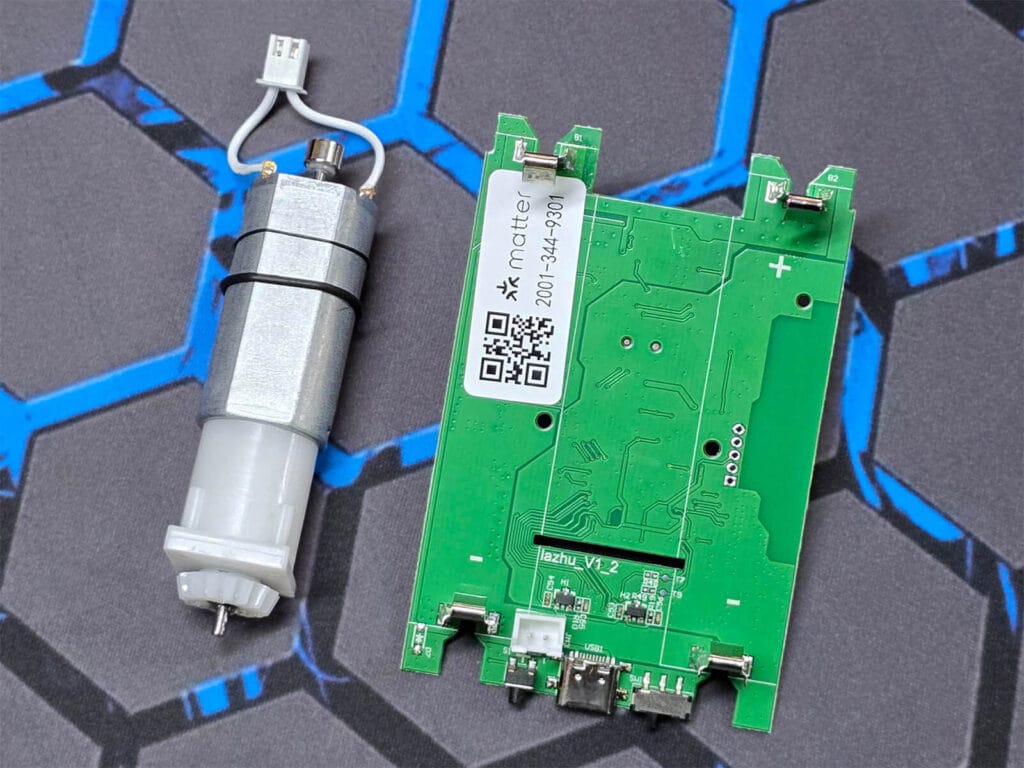
The main PCB is very neatly designed and arranged. The knob in the middle is a metal rotary encoder which spins continuously in either direction, allowing for incremental changes to the position.
The red CrossAir S01 label seen in the top refers to a high-gain ceramic mini patch antenna designed for internal integration in devices using NB-IoT and Lora networks, supporting various frequencies like 915MHz and 868MHz. In this device, it used by the remote which operates at 433 MHz.
This device uses the Tuya TS24-U [Datasheet] for its Matter over Thread communication. The TS24-U is actually based on the EFR32MG24 and is embedded with a low-power 32-bit ARM Cortex-M33 core, 1536-KB flash program memory and 192-KB RAM. It’s a highly capable SoC that should provide stable Thread connectivity.

Heres how the Zemismart MTP1 Roller Shade Driver looks like once fully dismantled:

Installation and Setup
I installed the Zemismart MTP1 on one of my living room windows. As the mounting bracket is adjustable, I did not have to worry about finding the correct position right away. The first thing was to set the up and down limits of the blind. Out of the box, the MTP1 is in what’s called continuous running mode. Meaning, it runs smoothly and continuously once a button is pressed. You can stop movement by pressing the knob, which doubles a button.
However, the limits are more easily set once you change this to inch running mode, which allows you to fine tune the up and down maximums. You can change into and out of this mode by pressing and holding the stop and down button of the remote.
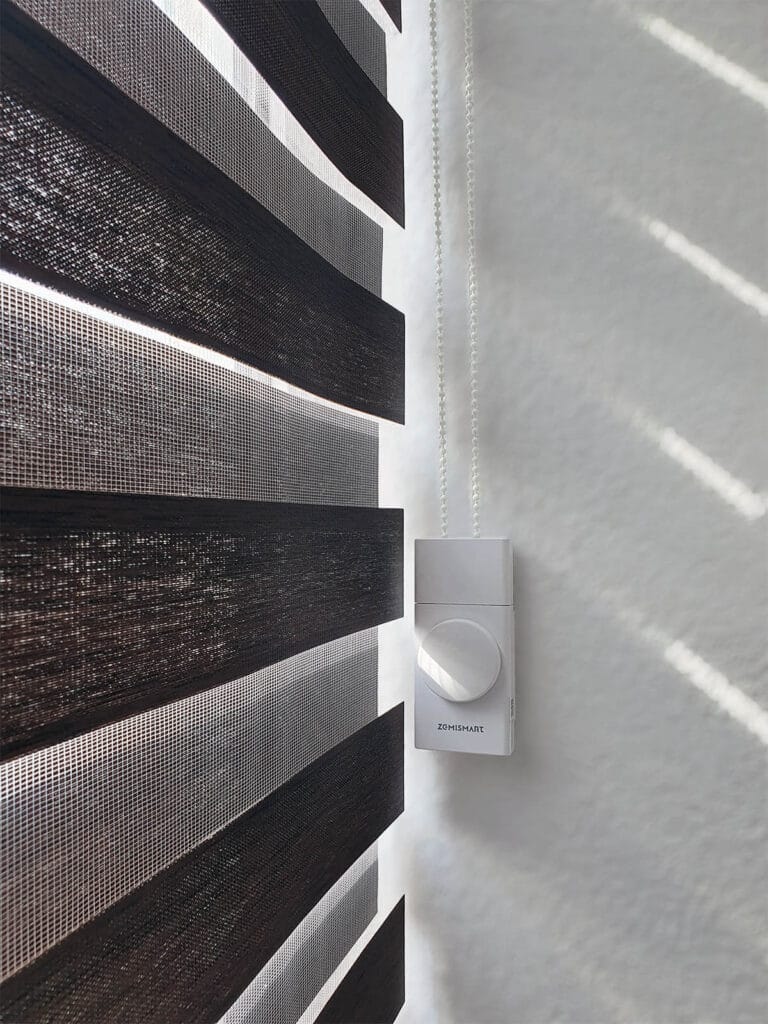
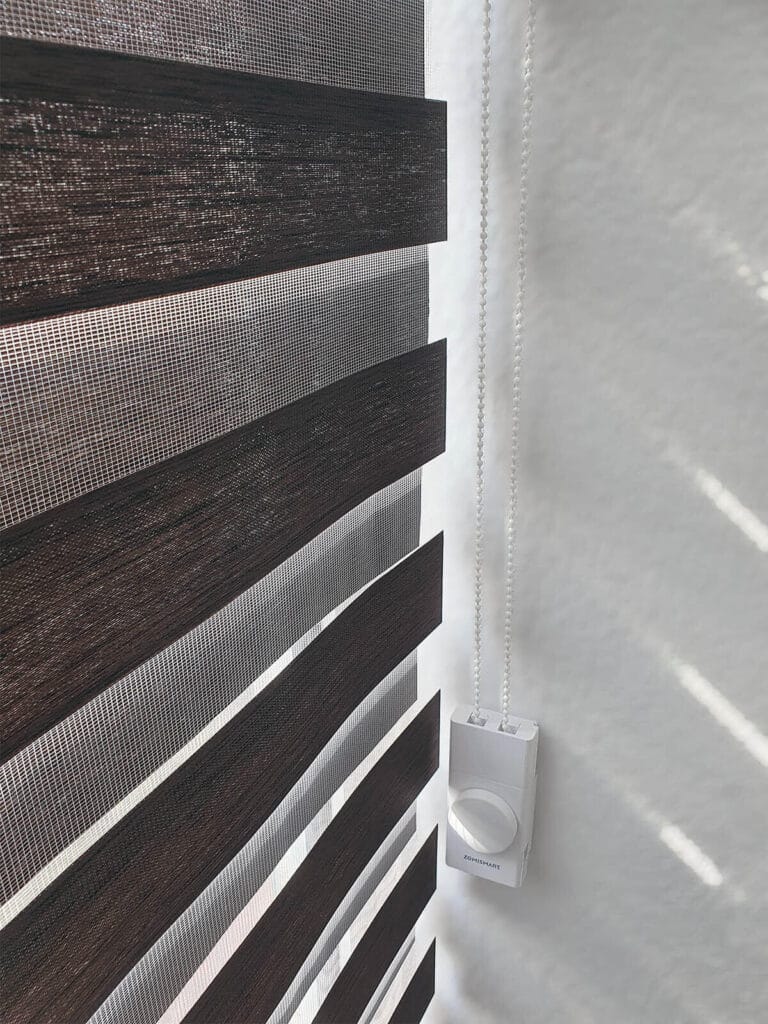
The next thing I did was cycle through the 3 different speeds this device offers. The MTP1 is set at medium speed by default, but you can cycle through the speeds by rotating the knob subsequently. I measured the time in which each speed closes my living room blind and compared them to one another.
For illustration, let’s set the slow speed as a base:
- Slow: 55 seconds to fully open, produces 44dB of noise.
- Very slow, but virtually silent
- Medium: 28 seconds to fully open, produces 54dB of noise.
- 50% speed increase from slow with 22% noise increase
- Fast: 22 seconds to fully open, produces 58dB of noise.
- 24% speed increase from medium, 7% noise increase
Choosing the correct speed will largely depend on your use case. If you want to automate the blinds in the morning to let that first light in, than slow speed is the best choice. It’s virtually noiseless and will not wake you up or disturb you in any way.
For most users, “Medium” strikes an excellent balance between speed and quietness, providing a substantial time saving over “Slow” with only a 22% noise increase. Therefore, unless absolute silence or the absolute fastest opening time are your top priorities, “Medium” is likely the optimal choice. It’s also worth noting that battery life will degrade with the faster speed. This is because the motor needs to overcome inertia and accelerate the mechanism more quickly.
Home Assistant Integration
The Zemismart Roller Shade Driver MTP1 works great with Home Assistant over Thread. I am using the SLZB-06M coordinator with Thread firmware, which paired the MTP1 without any issues. I scanned the QR code and the device popped up immediately in HA:
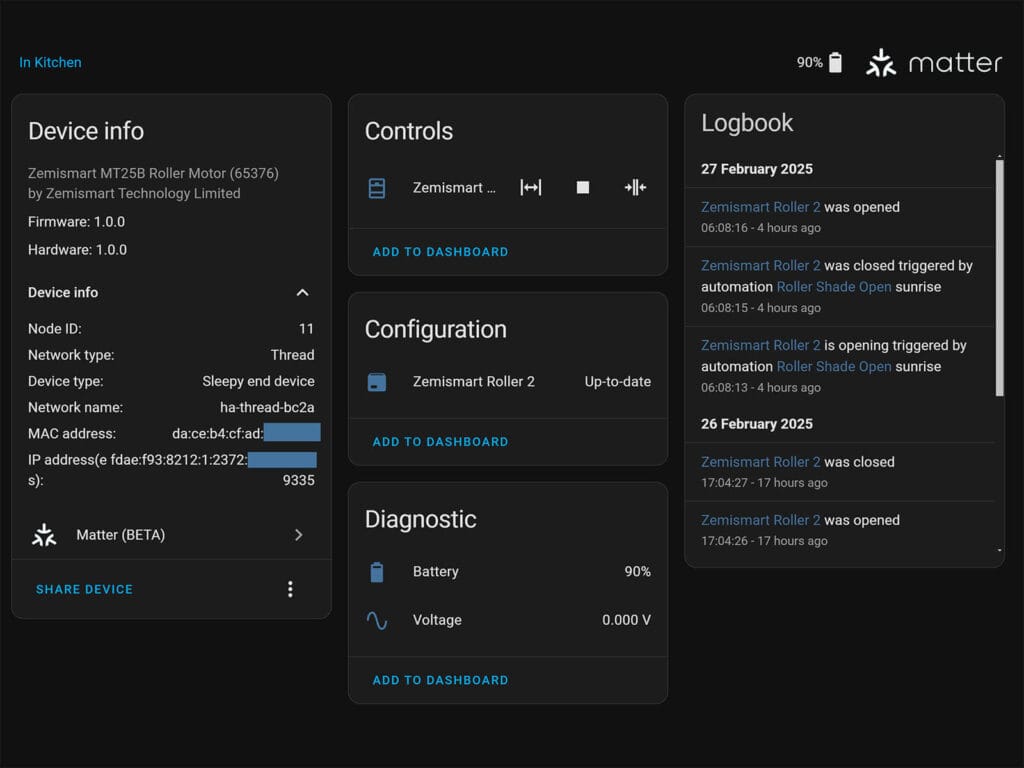
Interestingly, the device is identified by the wrong name for some reason. It’s labelled as Zemismart MT25B Roller Shade Motor, which is another Matter over Thread device from Zemismart. I’m not sure why this is the case, but it does not make a difference in the way the MTP1 is operated.
Once controlled through Home Assistant, the response time is instant. My preset limits were respected and the motor ran like it should. Obviously, many features are missing from Matter at this point in development. You are unable to do anything from your Matter controller, except control the device and monitor the battery status.
Final Thoughts
The Zemismart MTP1 Roller Shade Driver is a step up from similar devices. If I don’t take Thread into consideration and focus exclusively on build quality and performance, it outshines similar roller drivers in many. It’s well-made, easy to install and the knob is very intuitive to use.
If you rotate the knob in one direction, the blind will start to move until it reaches the limit. You can stop it at any time by pressing the knob, freezing at the current position. The position is also mirrored in Home Assistant when the device is operated locally, so there are no out of sync things happening.
The small 433MHz remote that comes with the MTP1 may seem like redundant, but it’s anything but. You need to use it to configure the limits of the blinds as well as change some other settings, which are only accessible through this remote. The user manual does a great job of explaining everything, so no need to go into too much detail.
Another thing worth highlighting again is the 3 adjustable speeds the Zemismart MTP1 offers. At the slowest speed, you will not hear or notice the device is working in any way. This mode is suitable for waking you up in the morning by slowly opening your shades. The medium speed is the fine balance between speed, noise and battery life, and I think that one is the best pick for most people.
All things considered, the Zemismart MTP1 Roller Shade Driver is a great pick for beaded chain blinds or shades and I comfortably recommend it.
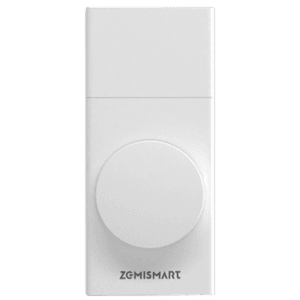
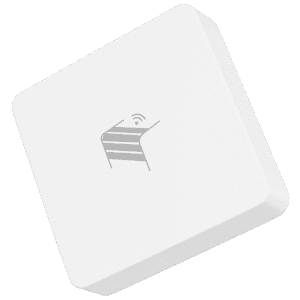
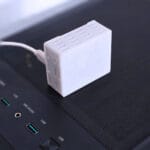
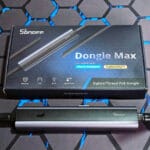
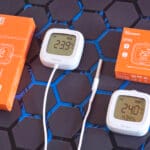


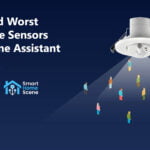

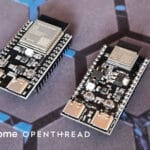

Can you do something for this problem? Your site no longer works with the “Translate this page ” service. It was very comfortable for me
Hey, Why would it not work?
I have not changed anything.
Any advice between the SOMA smart shades vs this one? I already have zigbee/matter devices set up so the protocol isn’t important to me. More concerned about the functionality and everything.
The Zemismart MTP1 is better in almost every possible way.
What makes it clearly better? It seems like the other one is much faster / quieter in other reviews.
I got the Zemismart but not super happy with it as it’s quite loud and slow on my blinds. Also not always super responsive via matter.
This is just my opinion, but, The SOMA is quite bulky and protrudes too much from the wall towards the room.
Also, it has no manual control. The Zemismart is dead silent if you lower the speed. The SOMA is heavy-duty though, so it can lift heavier blinds.
Hi! thank you for your review, it’s great.
I was planning to use this with the BroadLink RM4Pro given it uses a 433Mhz remote. Do you happen to know if it is able to learn it without problems?
And last thing. How long do you think battery will last on one charge opening and closing once a day?
Best!!
Battery life will be at least 6 months opening and closing once a day.
As for 433MHz, I’m not sure, although I believe it will be able to learn it.